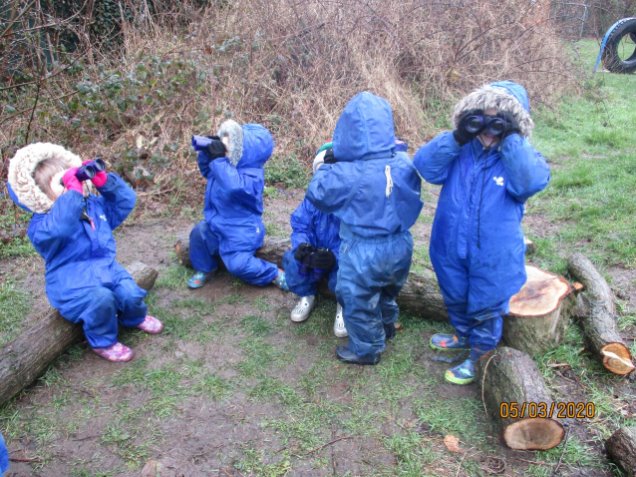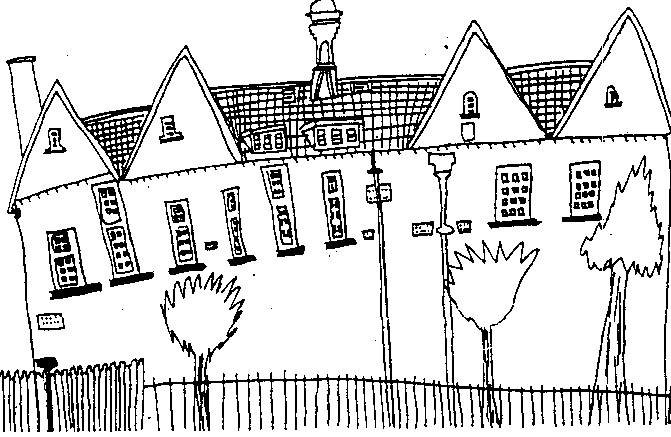Forest School
Forest School allows children to learn in an outdoor environment using our natural world as an outdoor classroom. This concept originated from Denmark, brought back to England by John Blaney and his team at Bridgwater College. It is an approach that takes a long term sustained approach to outdoor learning. Forest school seeks to encourage, motivate, engage and inspire children through positive outdoor experiences. Forest school is closely entwinded with the concept of learning through play.
Children are physically active, gaining confidence through open ended activities which develops their self- concept impacting on their emotional wellbeing. The children are making choices, overcoming challenges, working in a team and developing skills.
All forest school activities are carefully planned, in response to observations of the children and their key adults having a full understanding of the child’s preferred learning style and their dominant schema. This ensures learners are reaching their full potential. In the sessions they will have time and space to use their senses, learn to take manageable risks and develop independence skills.
Schemas
Understanding children’s schemas will help us to understand why children are doing certain things and help us to plan activities to meet their needs and extend their learning. By supporting their learning in a way which matches their preferred schemas, children are able to learn at a much deeper level.
Forest school gives children the opportunity and space to learn through a range of schemas
- Trajectory
One of the earliest schemas observed and incorporates a fascination with the
horizontal vertical and diagonal movement of things and themselves.
- Transporting
Children enjoy repeatedly moving resources around from one place to another they
will use hands, pockets, containers or baskets or transporters pushchairs.
- Enclosure/Enveloping
Children are interested in covering and hiding items and themselves. They bury items
in the sand wrapping things up and putting things in bags and pockets.
- Rotation/circularity
Children display a preference for turning, winding and unwinding things. They enjoy
spinning around on one spot or rolling themselves down a slope.
- Connection
Children enjoy joining things together
The children will experience seasonal and weather changes throughout their sessions. Full risk assessments have been carried out for the leaning activities. These activities show a progression of skills and knowledge across the school.
Here are some of the activities

Physical activities like climbing, rolling, running, jumping.

Maths activities sorting, comparing size and counting .


Children learn to take risks, recognise and evaluate danger. Take responsibility for their own safety and learn new skills.

Development of communication and imaginative play and story telling.

Creating and making art out of natural materials

Learning about the natural world and how to care for the environment
Through these sessions the children develop creativity, confidence and independence. They show a good understanding of the world around them and are motivated to learn.
